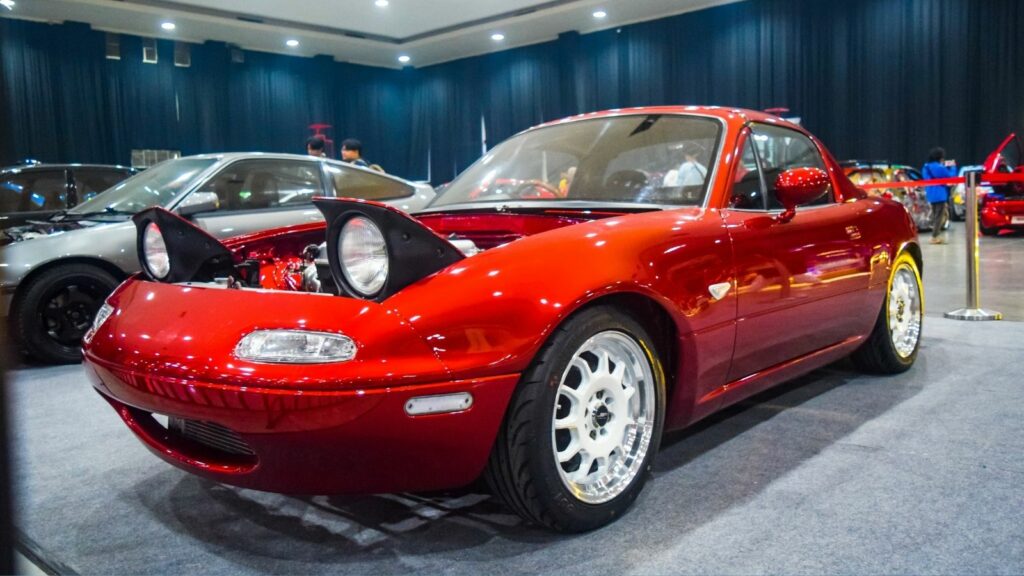Some cars transcend time, becoming icons of innovation, durability, and cultural significance. These generational gems proved that exceptional engineering, design, and performance can stand the test of time. Let’s take a closer look at 24 timeless vehicles that continue to inspire enthusiasts and collectors across decades.
Ford Model T (1908)
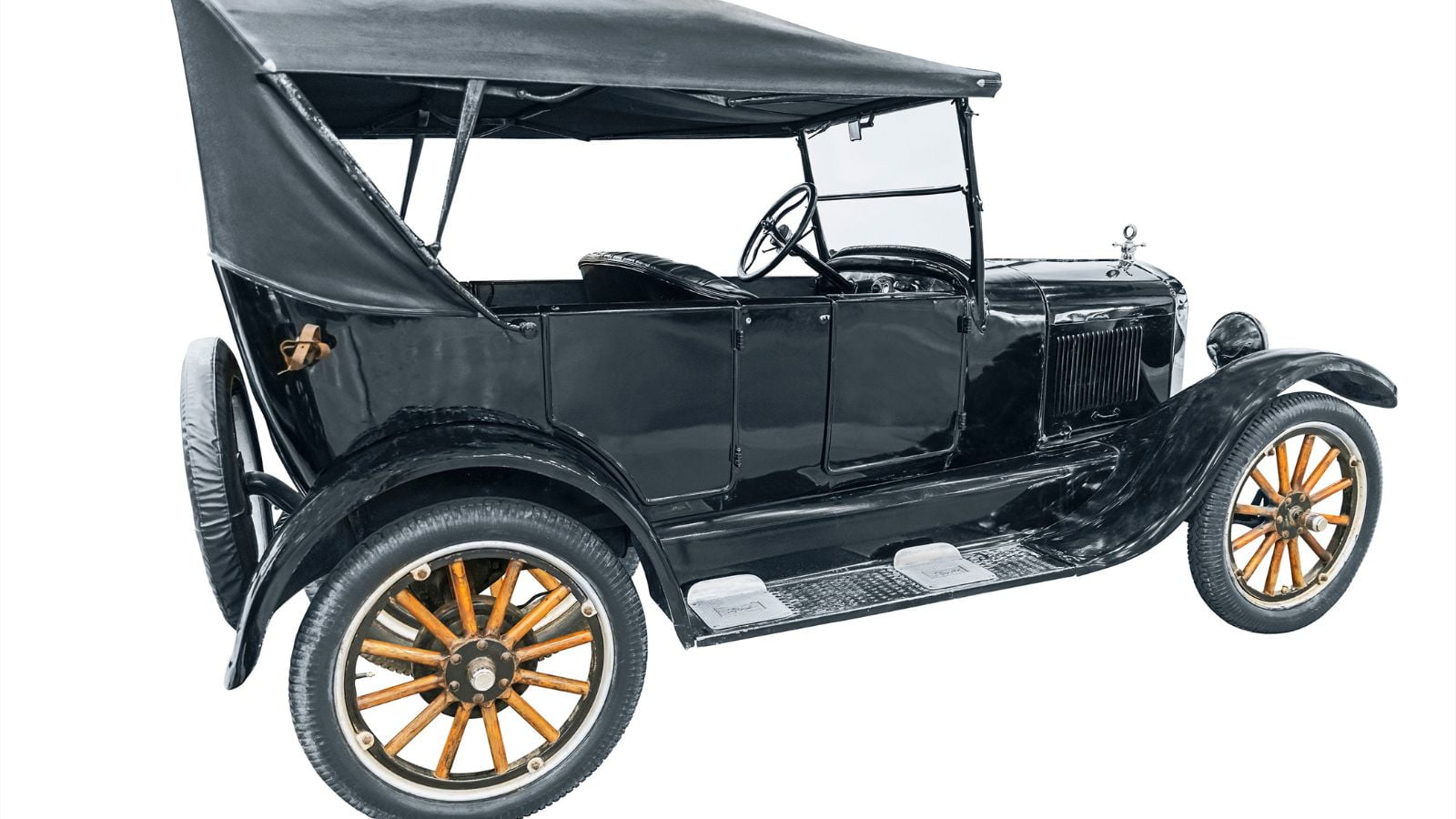
The Ford Model T is regarded as the car that put America on wheels. The model was introduced in 1908 with a 2.9L inline-four engine delivering 20 horsepower, capable of reaching a top speed of 45 mph. By today’s standards, it’s not impressive, but this model was affordable and reliable when the automobile industry was just beginning. Over 15 million units were sold when the production was discontinued in 1927, proving its monumental impact. Henry Ford’s assembly line production lowered the price of the Model T to a mere $260 by 1925.
Volkswagen Beetle (1938)
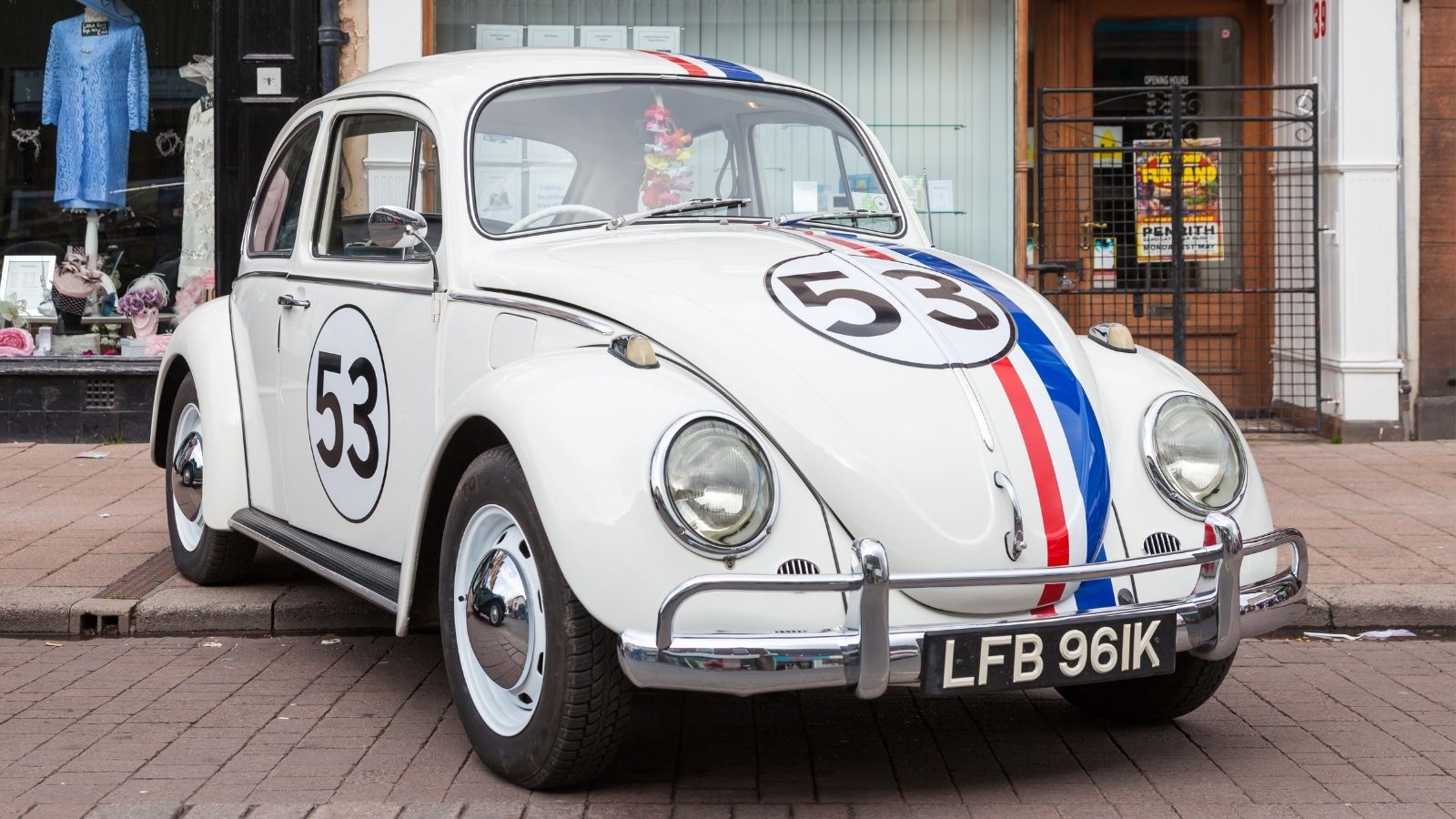
The Volkswagen Beetle’s style and strength made it a worldwide phenomenon. The air-cooled, rear-mounted 1.1L engine began at 25 horsepower and had later adjustments. It became the 20th century’s number one best-selling car due to its durability and versatility for over 21 million units. After being the vehicle in the movie “Herbie,” produced by Disney, it gained cult status, immersing itself in popular culture.
Land Rover Defender (1983)
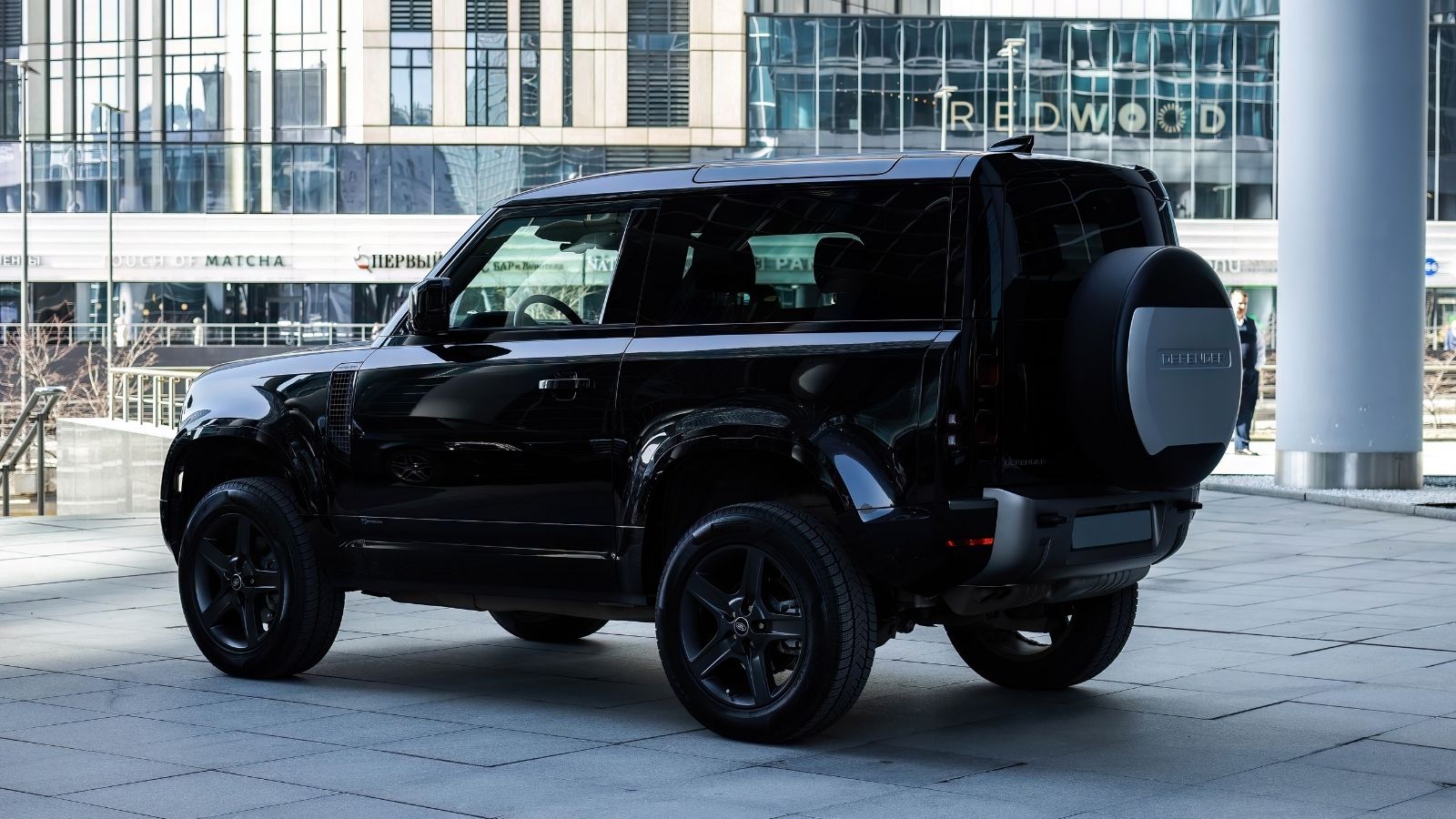
The Land Rover Defender was the definition of rugged reliability. Powered initially by a 2.5L diesel engine, its off-road capability was unparalleled. With its utilitarian design and dependable performance, it was regarded as a conqueror of the most challenging terrain, from the Sahara Desert to the Arctic Circle. A Defender 110 featured in Skyfall, thereby putting its credentials to proof as a workhorse and cinematic icon.
Chevrolet Corvette (1953)
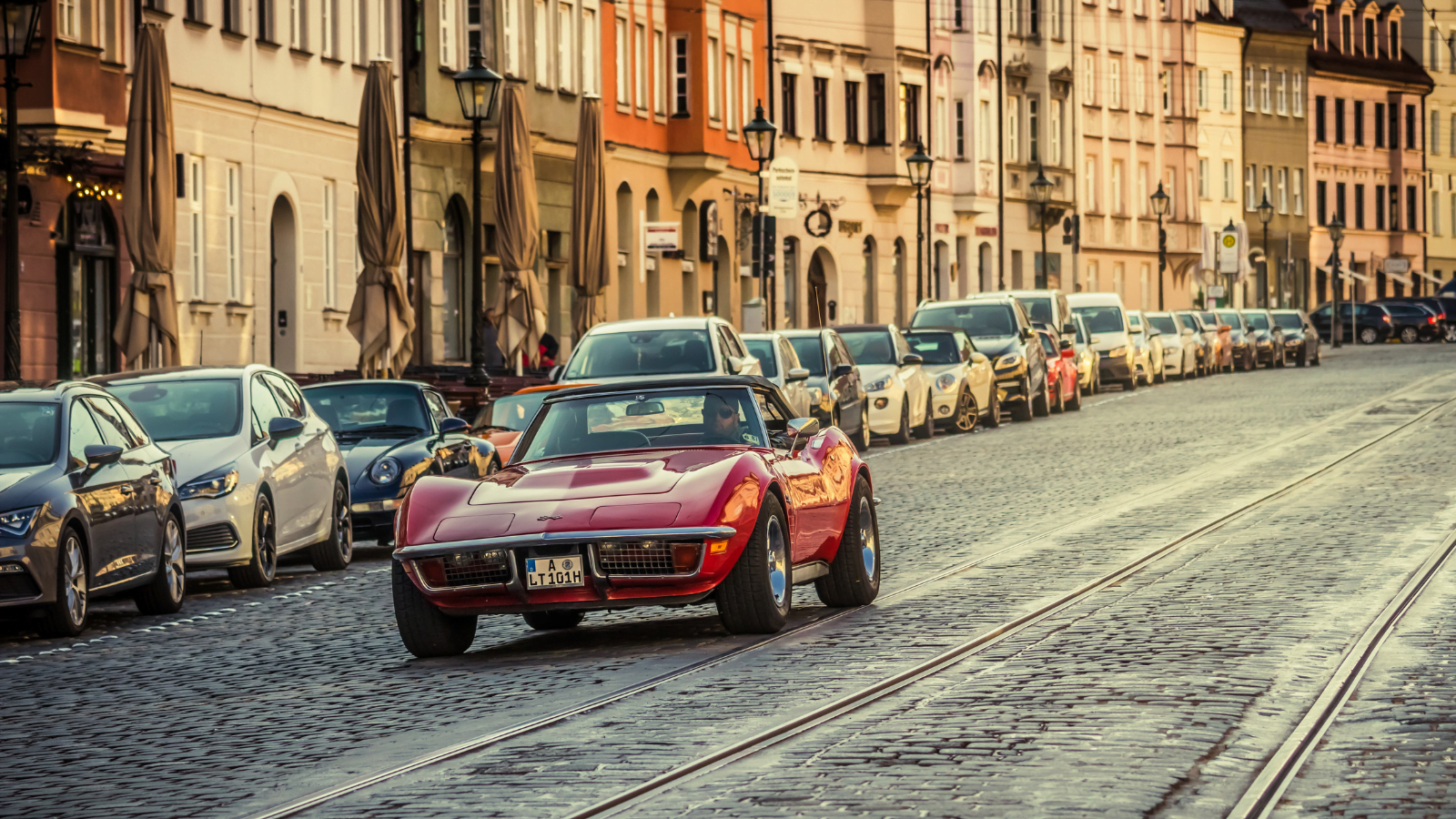
America’s first high-performance sports car, the Corvette, was launched in 1953 with a fiberglass body. It features a 3.9L inline-six engine producing 150 horsepower and underwent an unrelenting series of improvements over the decades. Modern versions, including the C8, power a 6.2L V8 to 0-60 mph in just 2.9 seconds. The Corvette is the longest-running continuously produced sports car.
Porsche 911 (1964)
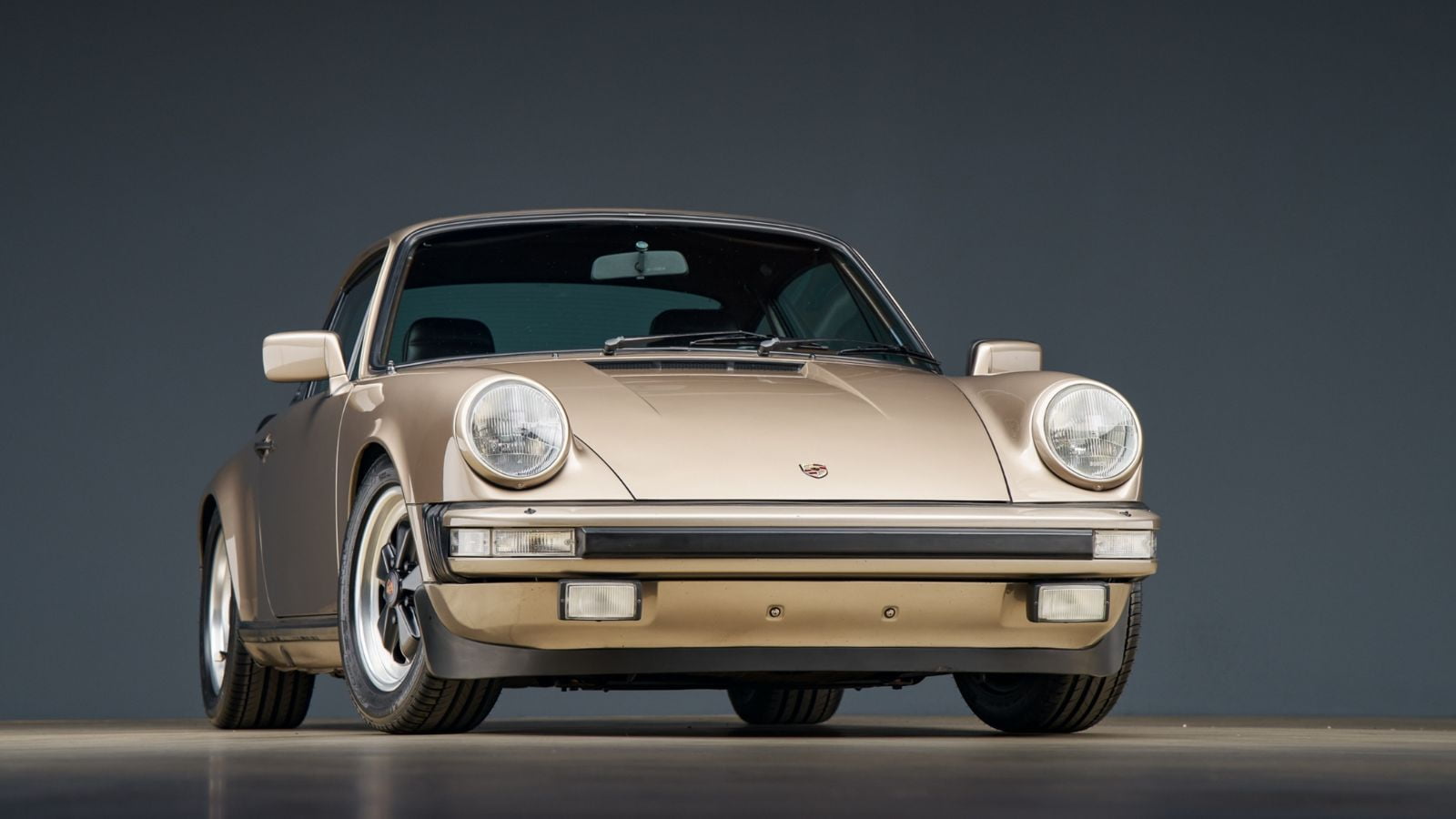
Few cars are as universally revered as the Porsche 911, which first hit the roads in 1964 with a 2.0L flat-six engine and 130 horsepower on tap. Its iconic rear-engine configuration and enduring design helped cement its status as a gold standard for sports cars. For example, even contemporary incarnations of Turbo S have such a high level of performance that 205 mph is possible without sacrificing much of that magic. More than one million Porsche 911s have been produced, and 70% of them are still in operation. That is a testament to the durability and reliability of the car.
Toyota Land Cruiser (1951)

Since its launch in 1951, the Toyota Land Cruiser has epitomized reliability and toughness. In its earlier stages, the 3.4L six-cylinder engine was used for military building. Over the years, it developed into an opulent SUV while retaining strength and capability. The Land Cruiser has been sold in more than 170 countries, making it one of Toyota’s most globally sold vehicles.
Ford Mustang (1964)
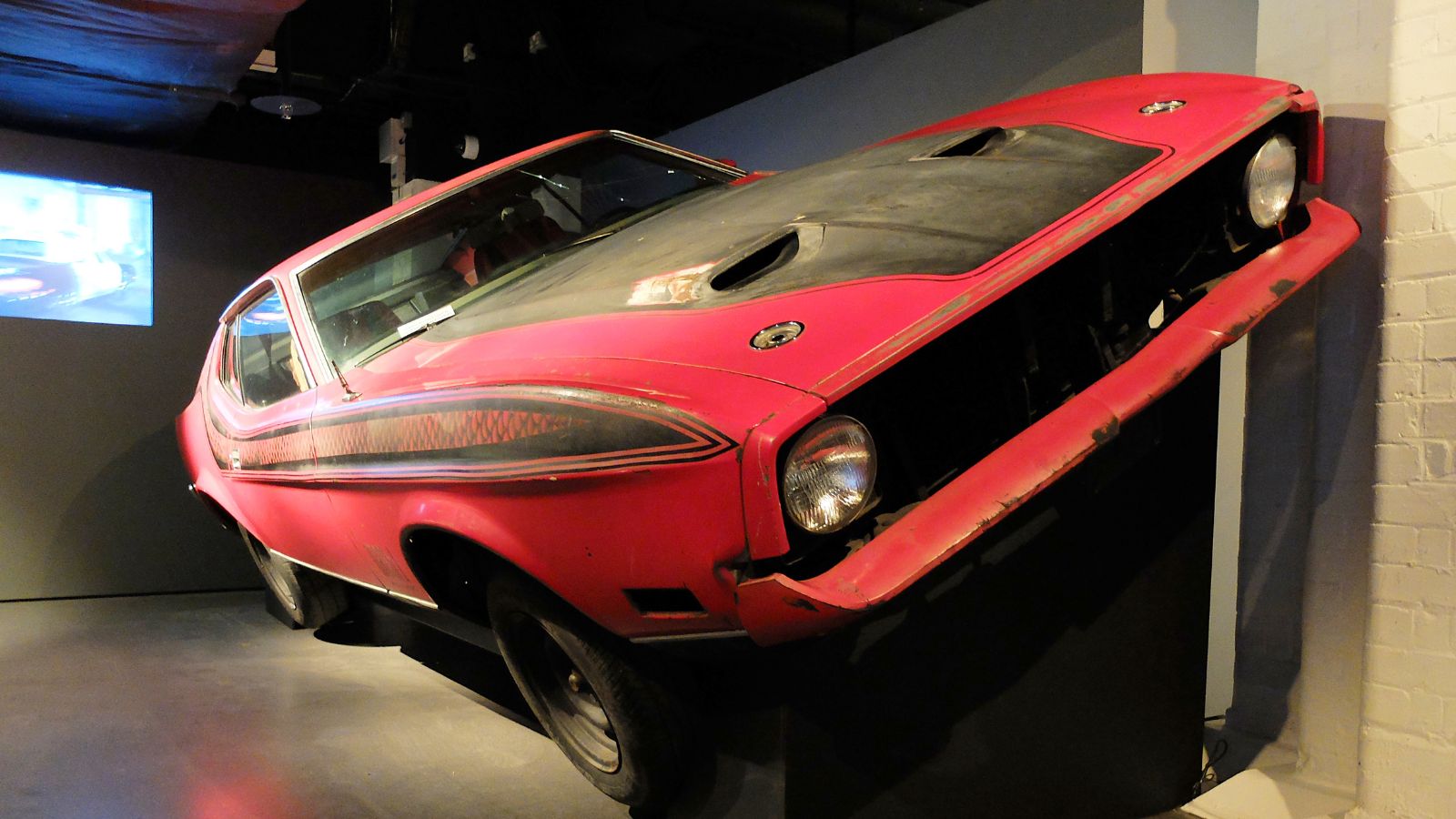
The Ford Mustang defined the pony car segment with its debut in 1964. Equipped with a 4.3L V8 engine, it offered power and style at an affordable price. Over the years, the Mustang has evolved into a high-performance muscle car while retaining its iconic design. The current GT500 variant boasts a supercharged 5.2L V8 engine with 760 horsepower. The Mustang was featured in Bullitt (1968), with Steve McQueen’s chase scene becoming legendary in film and automotive history.
Honda Civic (1972)
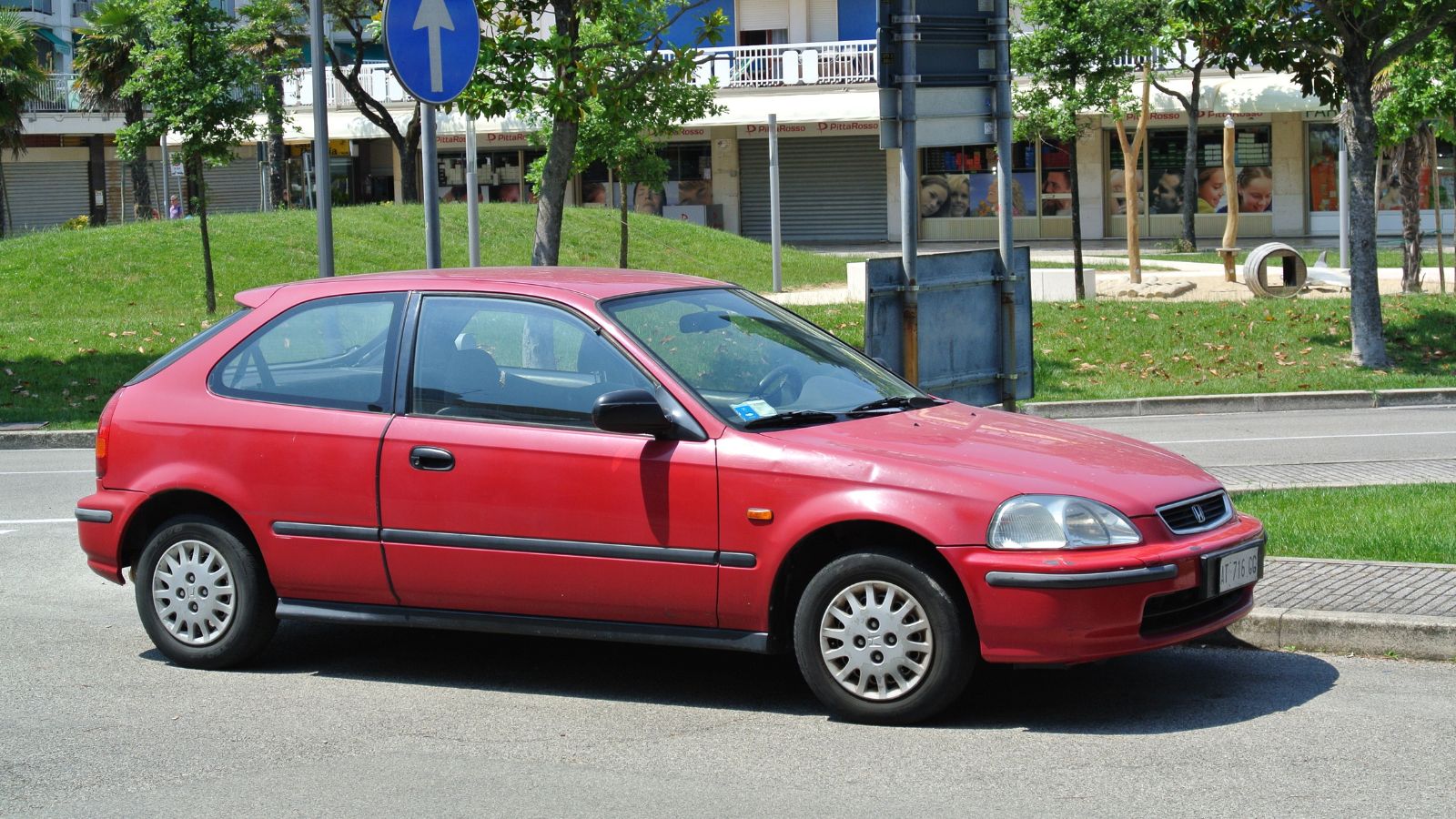
The first Honda Civic, introduced in 1972, was a small compact. It then gained popularity and became an icon of reliability and efficiency. It was powered by a 1.2L four-cylinder engine, offering excellent fuel economy. Nowadays, its sporty Si and Type R variants show that practicality and performance can live alongside each other. The Civic was one of the first cars to meet strict US emission standards in the 1970s, paving the way for eco-friendly innovations.
Jeep Wrangler (1986)
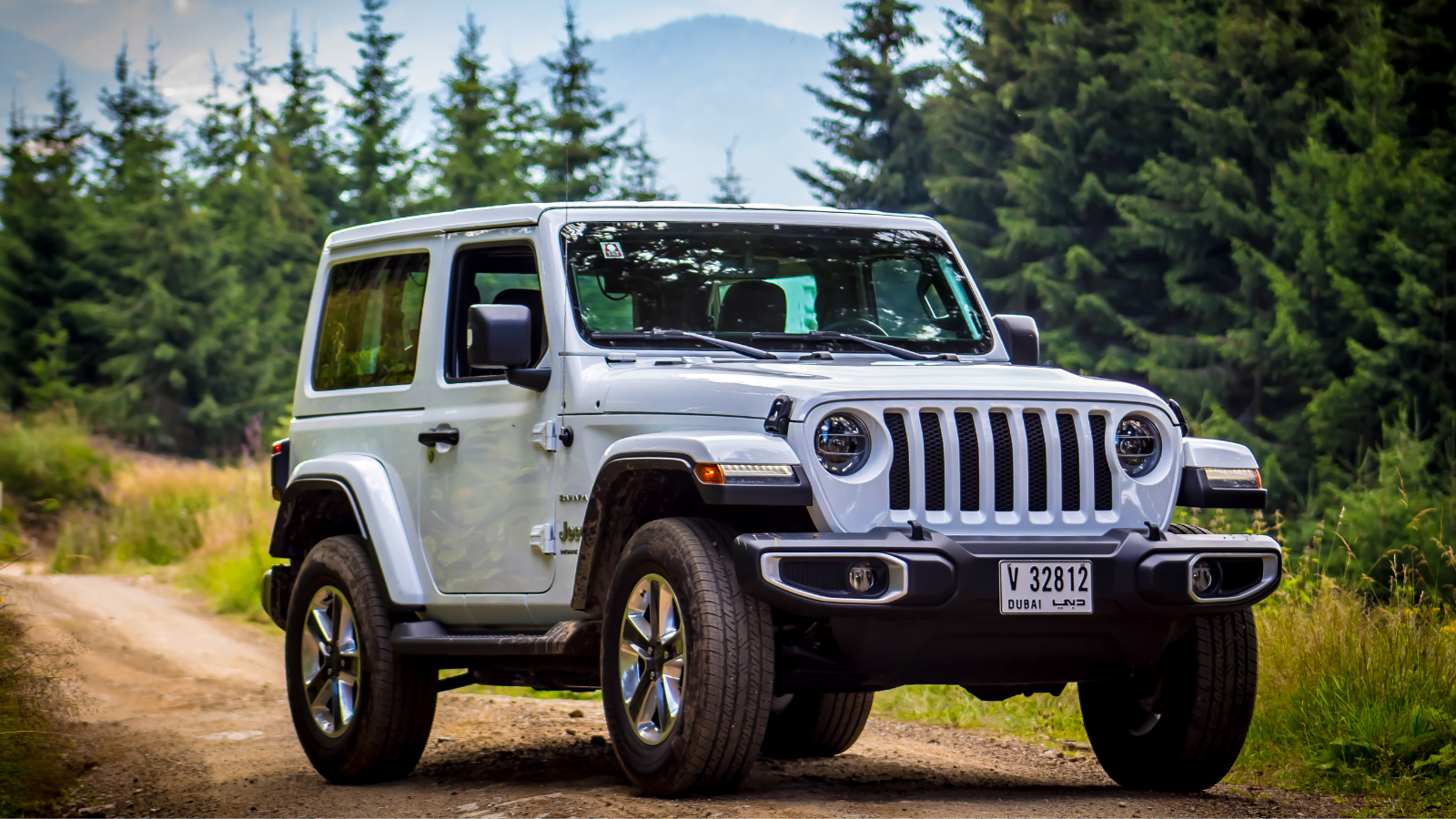
The Jeep Wrangler continues the legacy of the Willys Jeep from World War II. Introduced in 1986, it combined off-road capability with a more refined look. In its early days, it was powered by a 4.2L inline-six engine, and the Jeep Wrangler remains an iconic vehicle for adventure. With its removable doors and roof, its uniqueness is unmatched. The Wrangler was the first vehicle to travel over all seven continents.
Mercedes-Benz G-Class (1979)
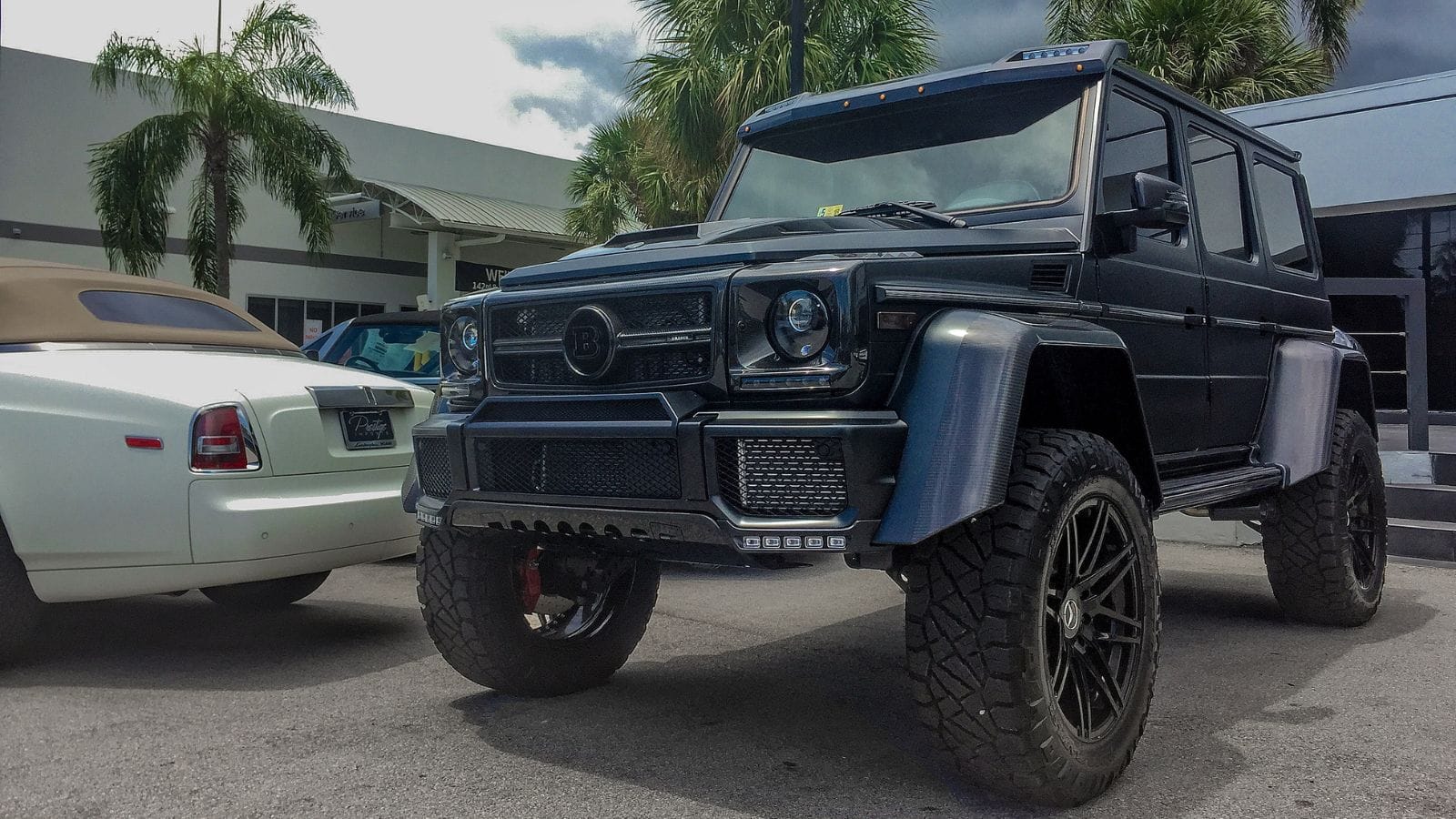
Affectionately known as the G-Wagon, the Mercedes-Benz G-Class was initially designed as a military vehicle. Its 2.3L inline-four engine in early models emphasized durability. Over time, it transformed into a luxury SUV without sacrificing its ruggedness. Modern versions like the AMG G63 boast a 4.0L twin-turbo V8 engine and unmatched off-road prowess. The G-Wagon has remained virtually unchanged in design since its debut, making it instantly recognizable on the road.
Mazda MX-5 Miata (1989)
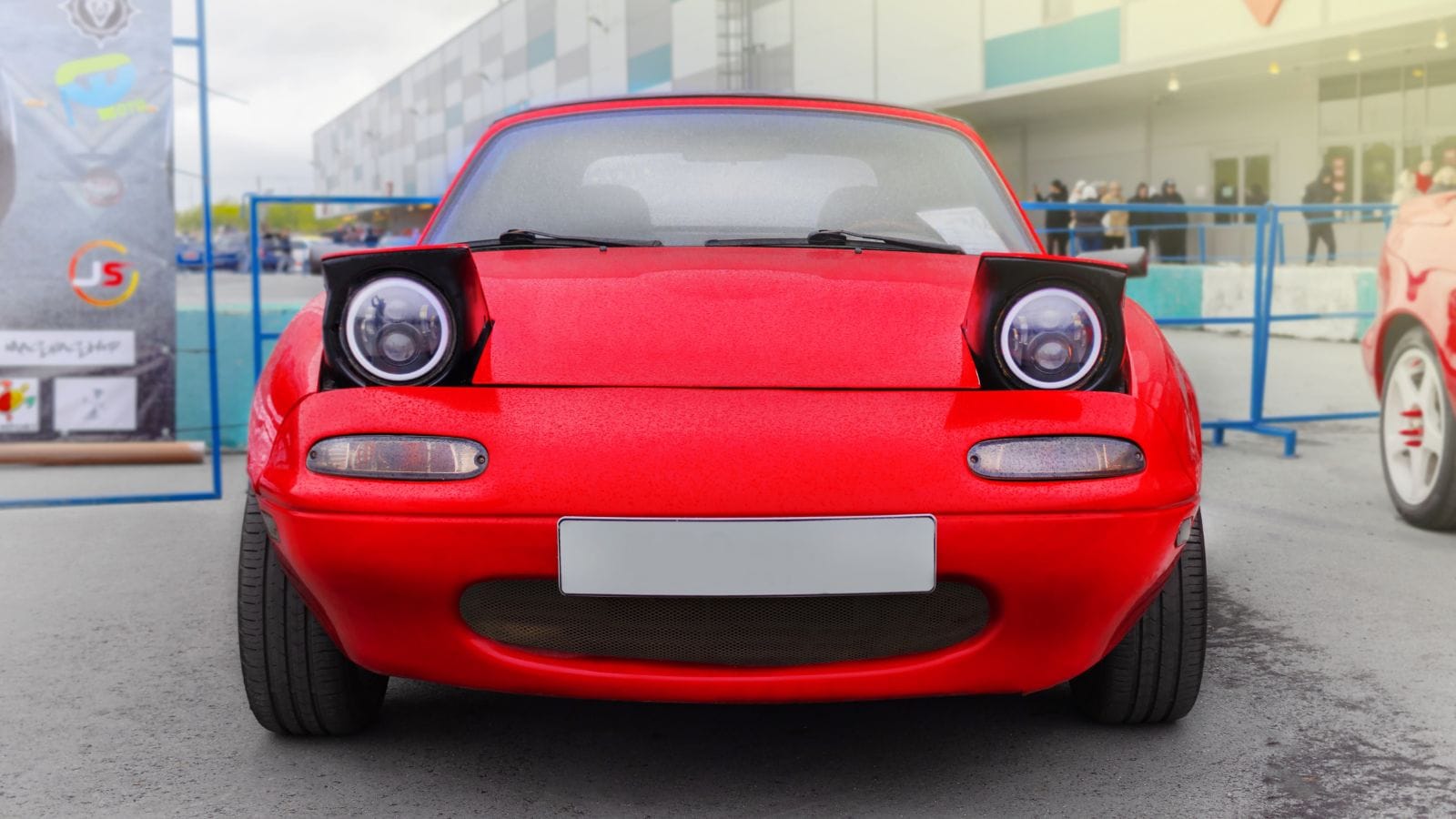
When it debuted in 1989, the Mazda MX-5 Miata revived the lightweight roadster segment. Powered by a 1.6L four-cylinder engine, it was designed for driving purity. Its near-perfect 50:50 weight distribution and engaging manual transmission have remained a favorite among driving enthusiasts. The MX-5 holds the Guinness World Record for selling more than one million units of the best two-seat sports car ever.
Ferrari F40 (1987)
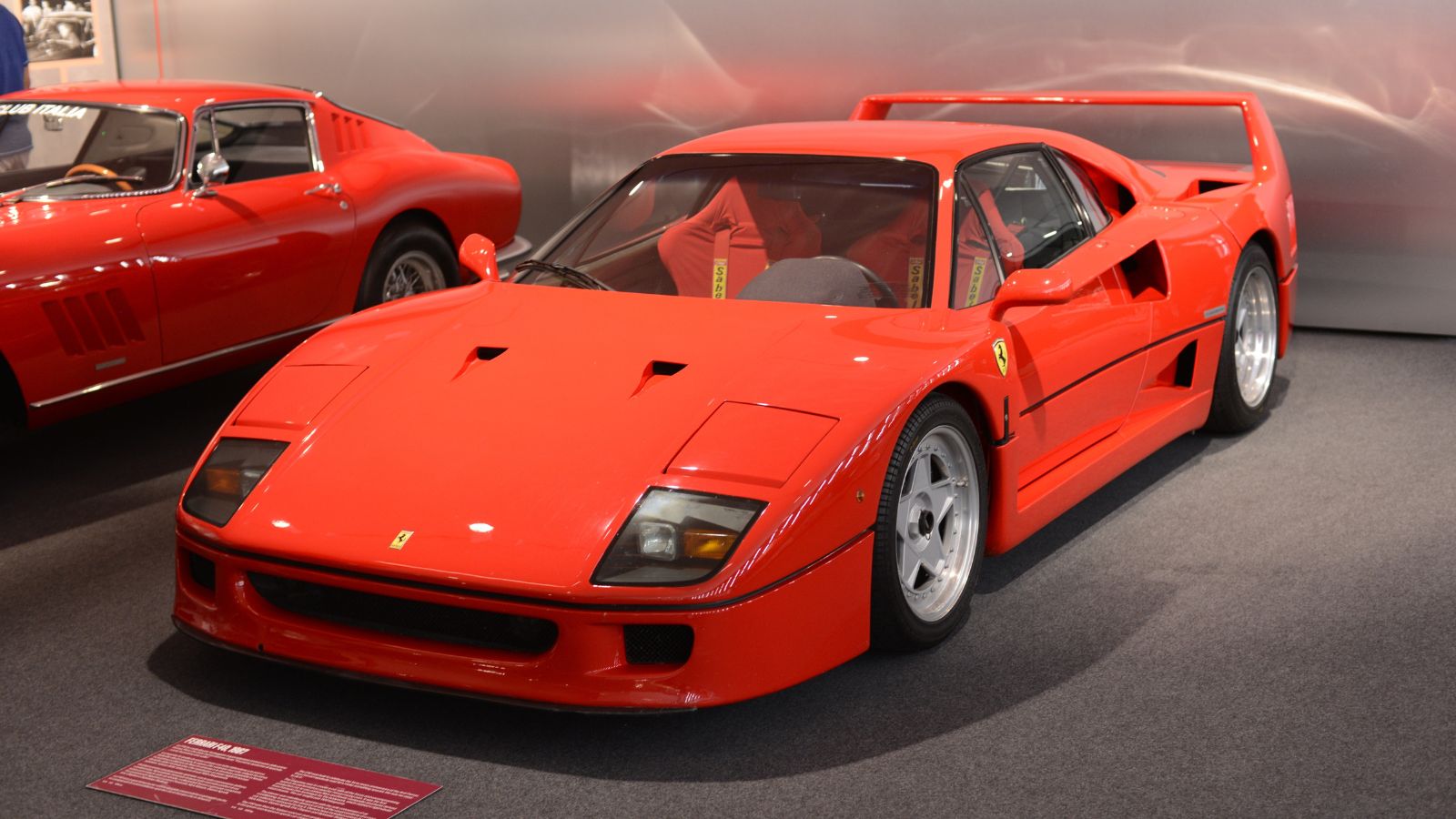
The Ferrari F40 is one of the most fabulous supercars of all time. First introduced in 1987 to mark Ferrari’s 40th anniversary, it boasted a 2.9L twin-turbocharged V8 with 471 horsepower, achieving a top speed of 201 mph. Constructed with lightweight materials, including Kevlar and carbon fiber, the F40 was an unfiltered drive with angsty styling and unmatched performance, which made it an icon of all automobiles. The F40 was the last Ferrari that Enzo Ferrari approved.
BMW 3 Series (1975)
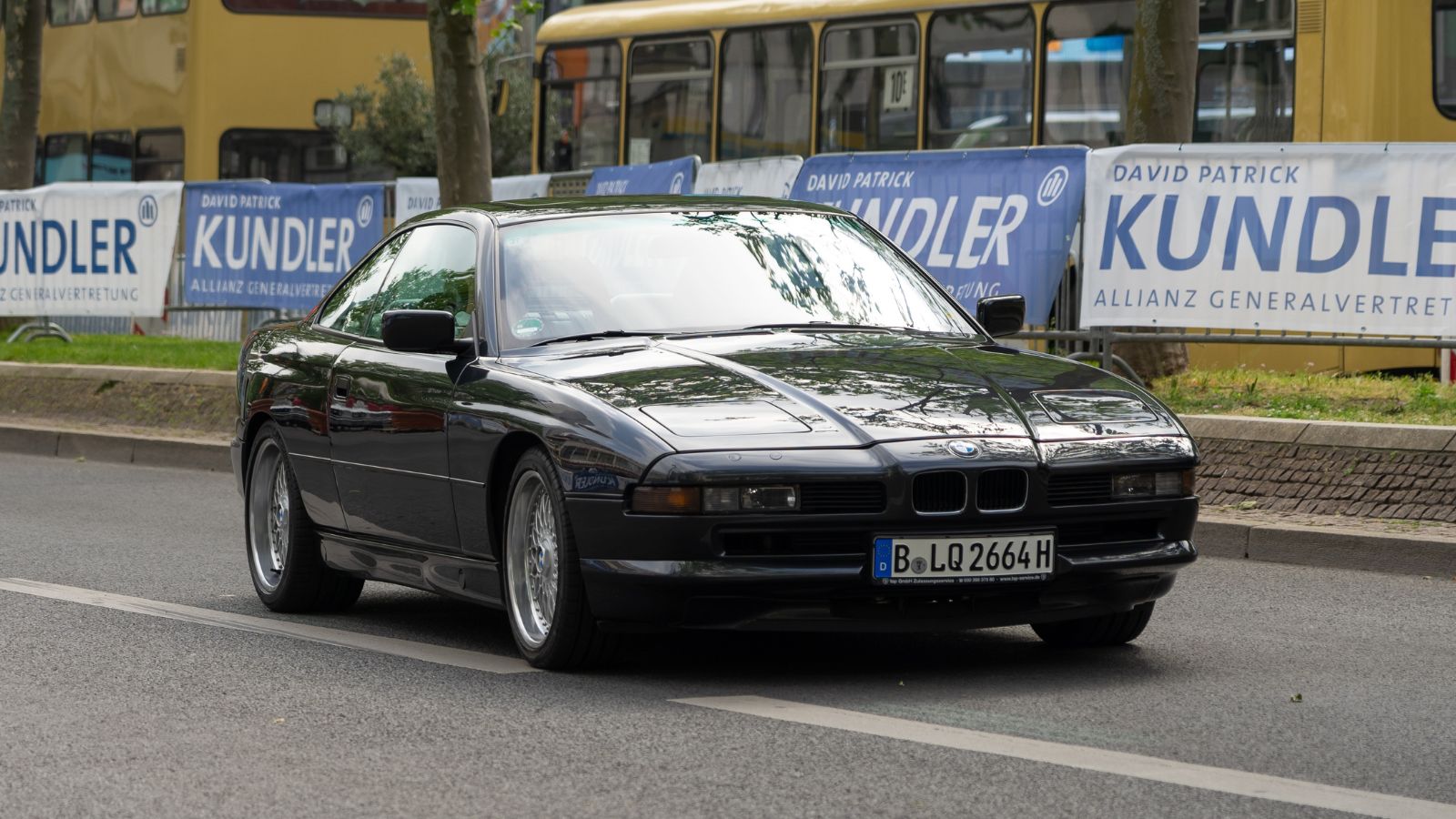
Since its introduction in 1975, the BMW 3 Series has set the standard for compact luxury sedans. The first-generation E21 had engines ranging from 1.6L to 2.0L with perfectly reliable performance. Over decades, the 3 Series became a marvel of high technology, and the newest model is a high-performance M340i, including a turbocharged 3.0L inline-six engine and a 4.1-second 0-60 mph acceleration. Its combination of luxury, performance, and durability made it the new mainstay of the BMW lineup. The BMW 3 Series has remained the biggest seller in the company’s history, with over 16 million units sold worldwide.
Toyota Corolla (1966)
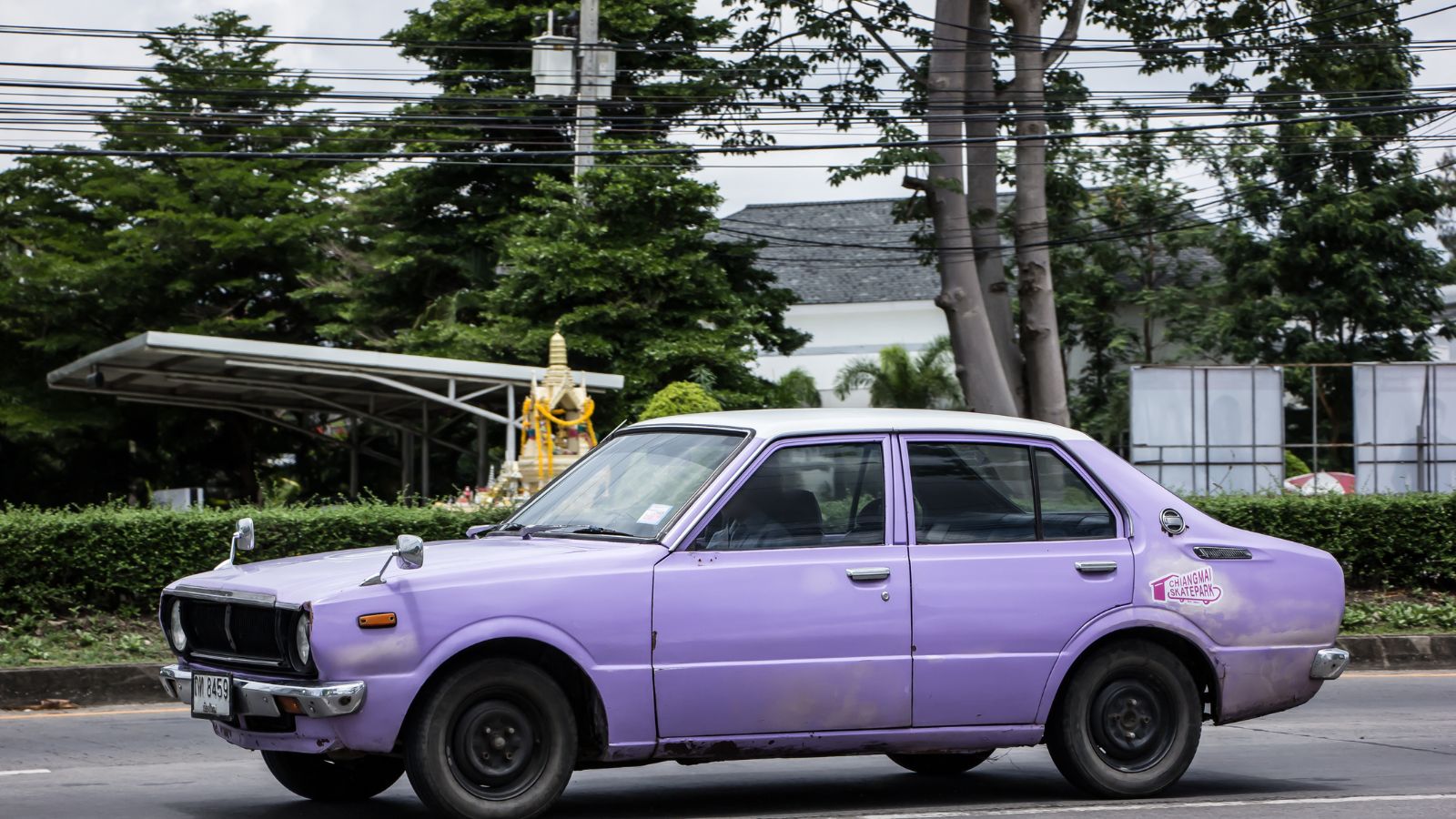
The Toyota Corolla first rolled out in 1966, quickly becoming the epitome of reliability and efficiency. Its initial model was a 1.1L four-cylinder engine that produced 60 horsepower. The Corolla is one of the most reliable cars today, especially with its hybrid variants and advanced safety features. This car’s reputation for durability has earned it many loyal families and commuters. Toyota Corolla has sold more than 50 million units up to 2023.
Aston Martin DB5 (1963)
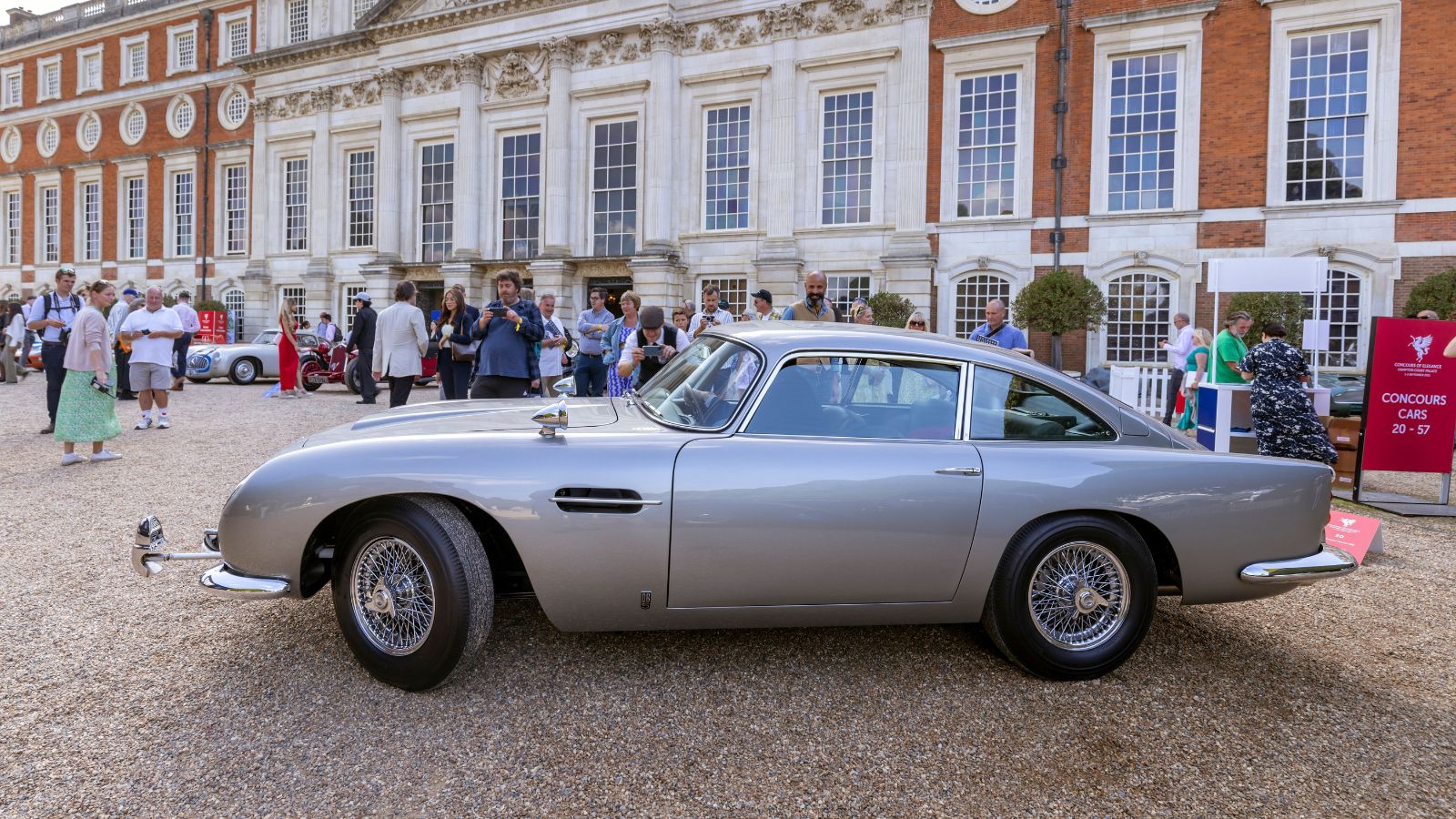
Then came the DB5, James Bond’s car in Goldfinger (1964). It set a benchmark for British luxury and sophistication. This one boasts an inline-six engine with a 4.0-liter capacity to challenge 282 horses at a top speed of 145 mph. Elegant design and refinement characterize the DB5. A 1965 DB5 used in James Bond films was auctioned for $6.4 million in 2019, making it one of the most expensive movie cars ever sold.
Chevrolet Suburban (1935)
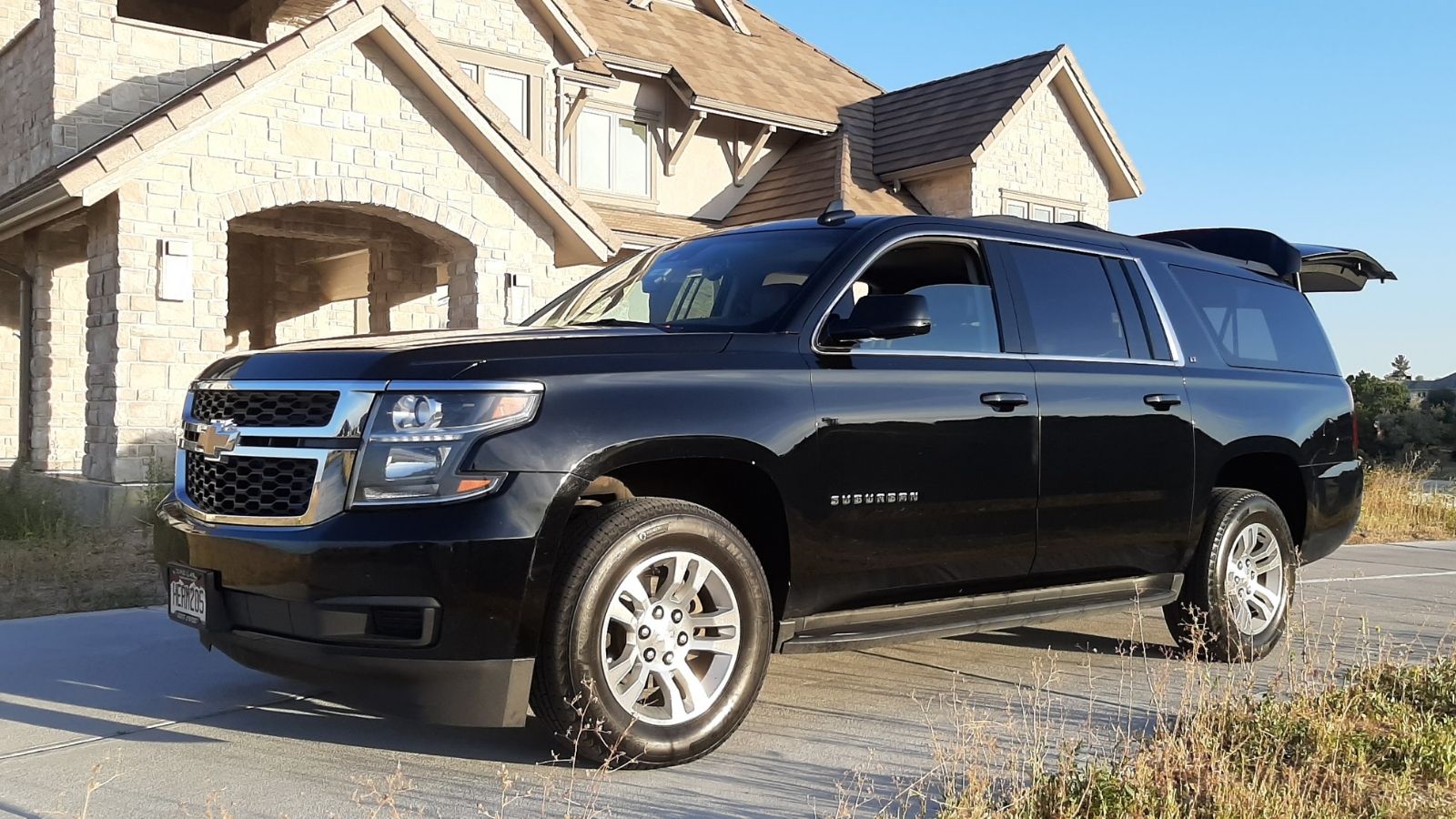
The Chevrolet Suburban is the longest continuously produced vehicle nameplate in the world. Introduced in 1935, early models featured a 3.4L six-cylinder engine. Modern Suburbans have powerful V8 engines and advanced technology, making them ideal for families and heavy-duty use. Its durability and versatility have ensured its longevity across generations. More films have been made featuring the Suburban than any other vehicle, and it has a star on the Hollywood Walk of Fame.
Mini Cooper 1959
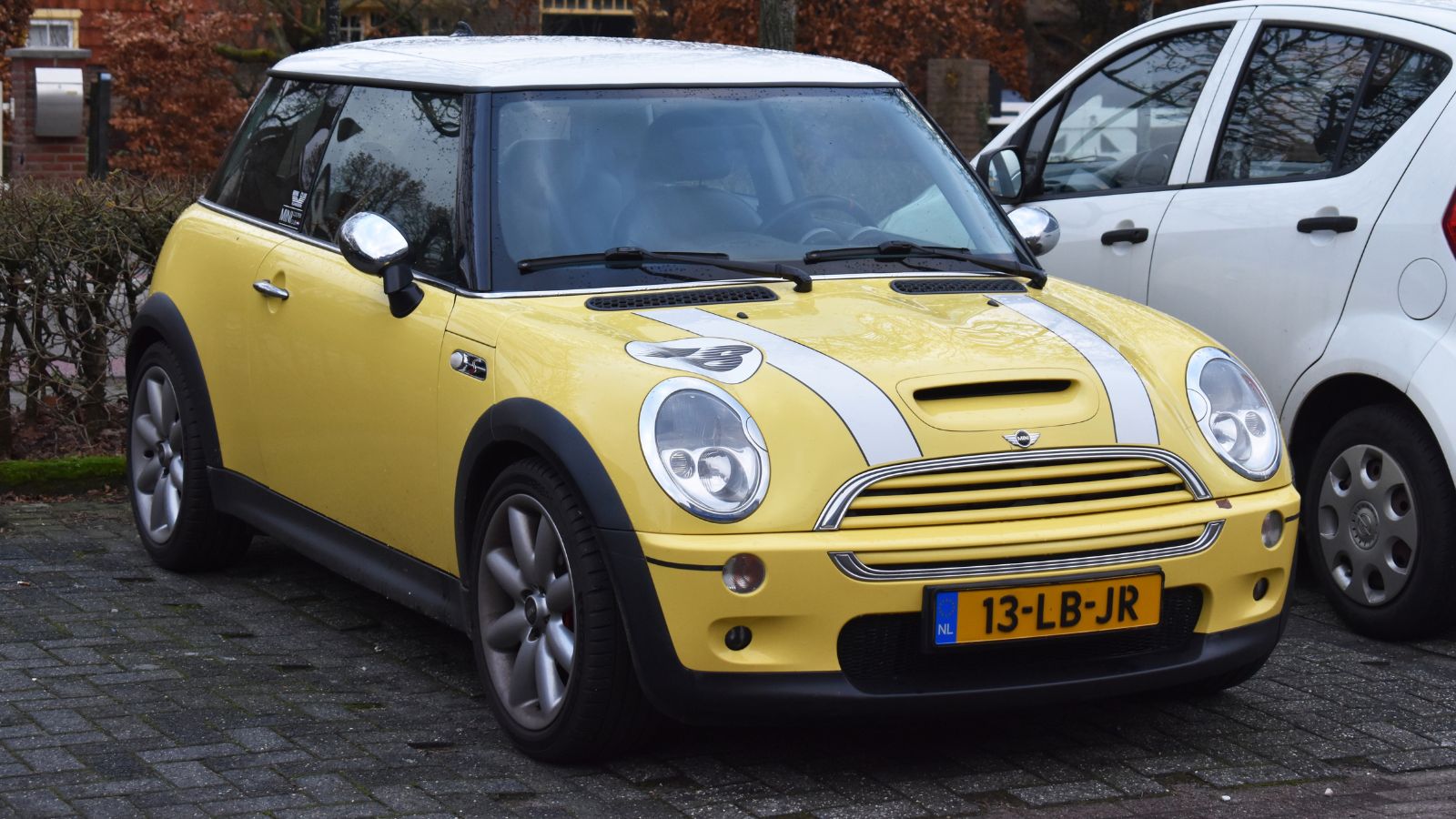
The Mini Cooper, which debuted in 1959, was designed by Alec Issigonis to maximize space with a small footprint. Its transverse-mounted engine and front-wheel-drive layout were revolutionary. Early models were powered by a 0.85L engine producing 34 horsepower. Today’s Mini Coopers are more powerful and luxurious while retaining iconic styling. The Mini Cooper won the Monte Carlo Rally three times in the 1960s, proof that great things come in small packages.
Dodge Charger-1966
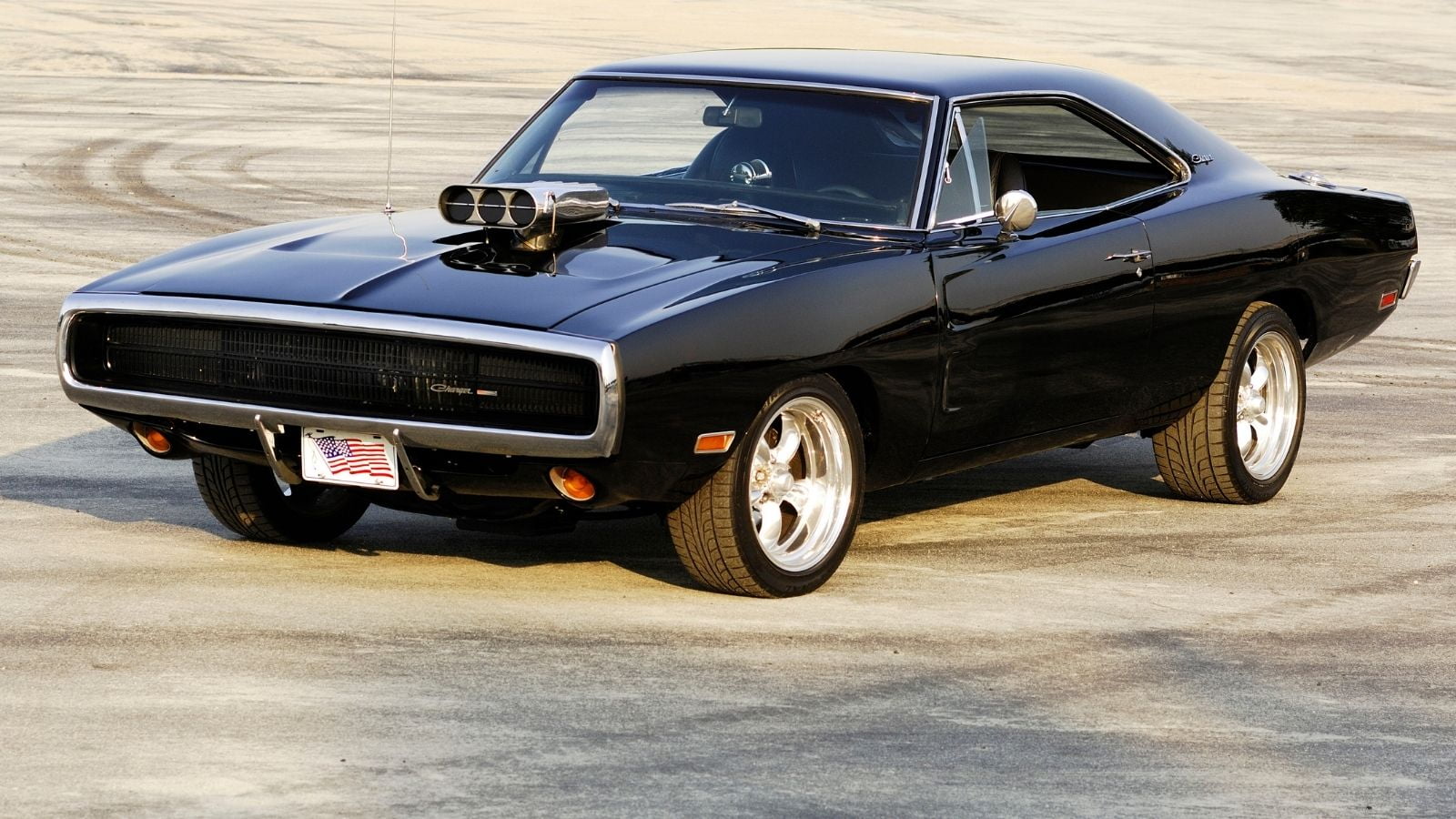
The Dodge Charger was introduced in 1966 as a bold muscle car with an aggressive design and powerful performance. Early models came with a 318 cubic-inch V8 engine, and the lineup soon grew to include legendary HEMI engines. Modern Chargers, like the Hellcat Redeye, can produce over 800 horsepower, continuing the legacy of power and performance. The Dodge Charger became globally famous as the car for the movie ‘ Fast & Furious’ hero, Dominic Toretto
Volvo 240(1974)
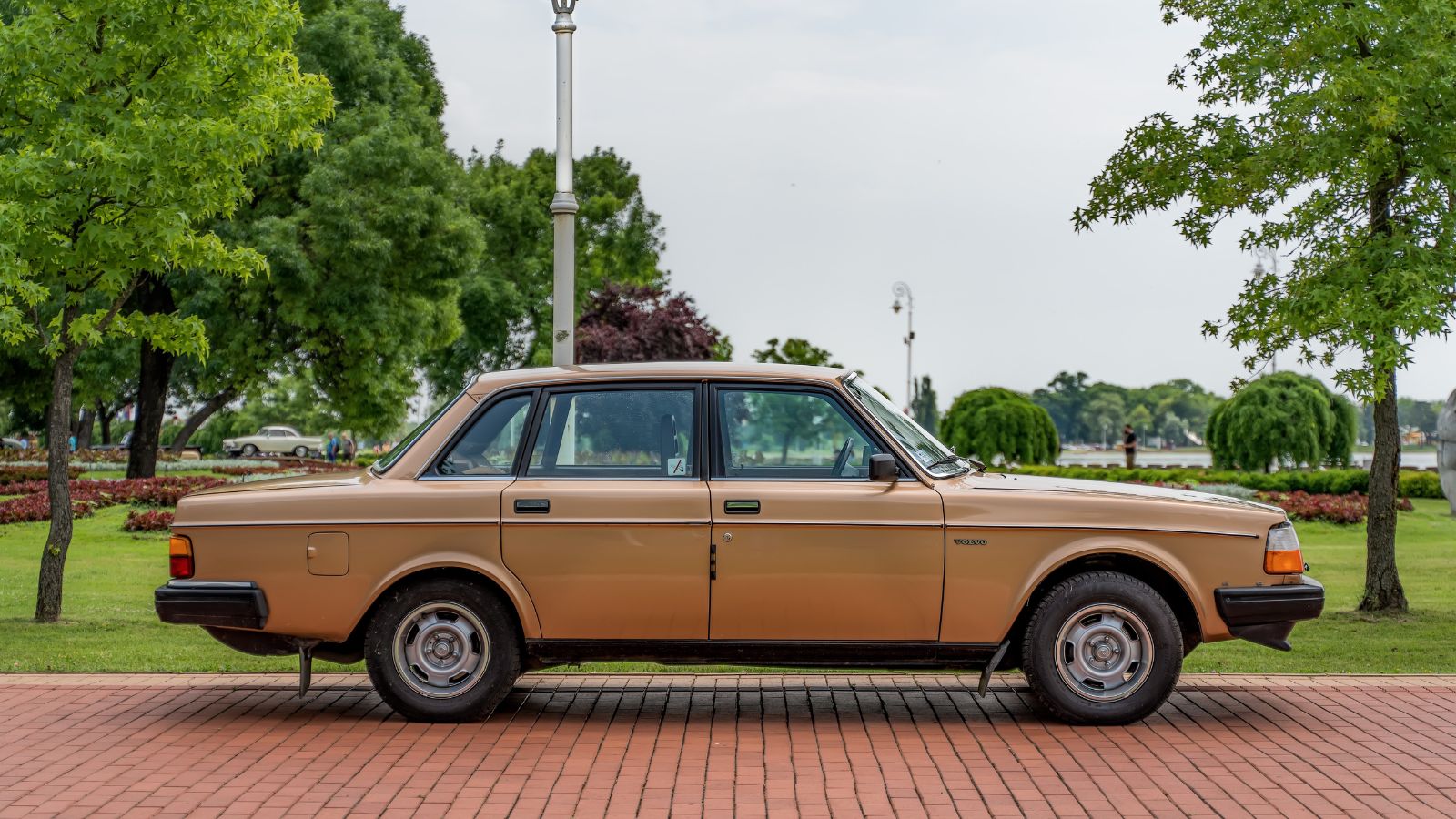
On release in 1974, the Volvo 240 symbolized safety and longevity. Equipped with a 2.0L inline-four, it was not a performance car, but its robust construction made it very reliable, lasting hundreds of thousands of miles. Thus, the 240 has a cult-like following among enthusiasts. The Volvo 240 was so safe that it set the benchmark for crash testing in the US during the 1970s and 1980s.
Jaguar E-Type 1961
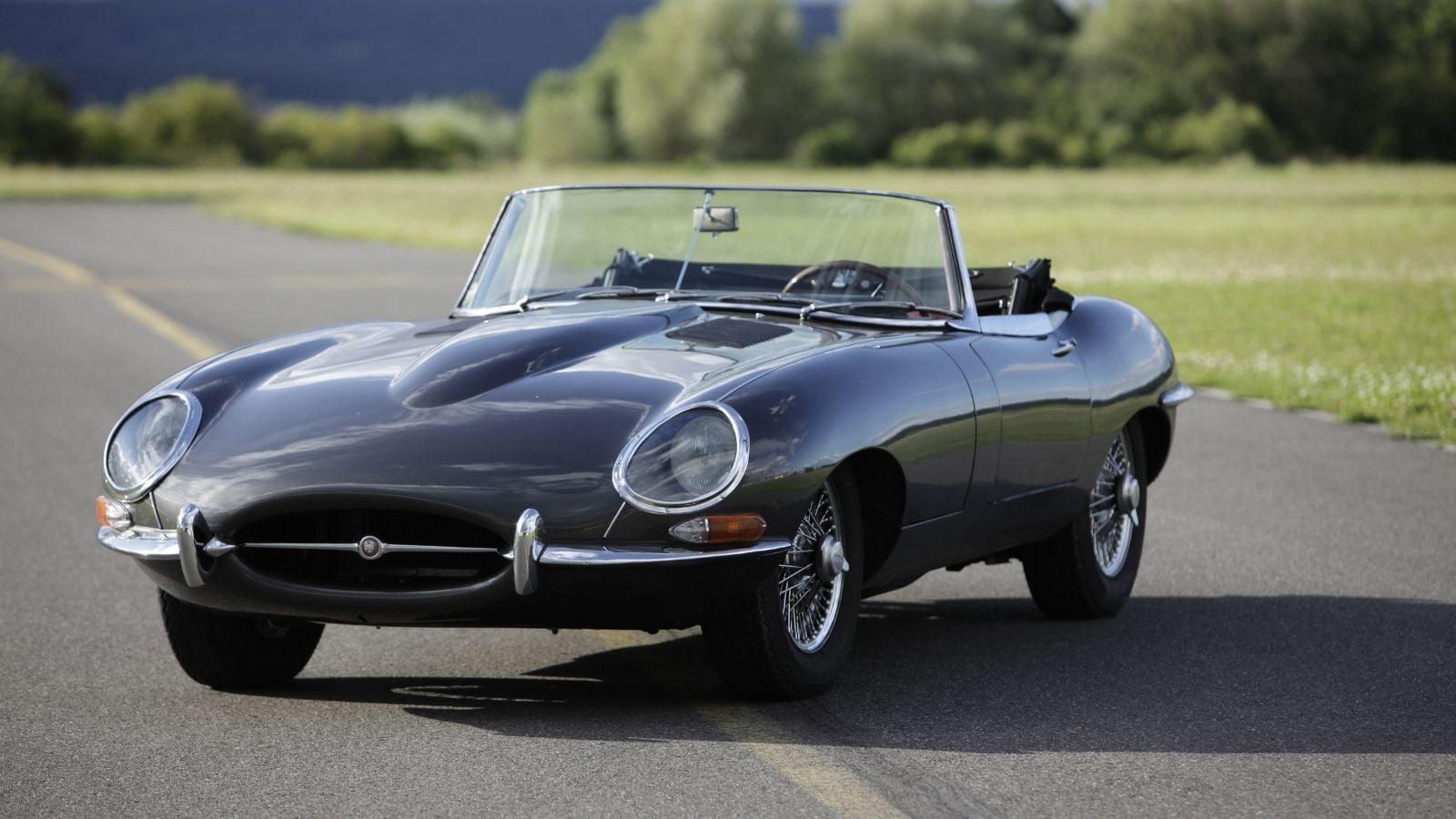
The Jaguar E-Type is considered one of the most beautiful cars ever made. Introduced in 1961, it had a 3.8L inline-six engine that could go up to 150 mph. It combines speed, style, and affordability, making it an instant classic. Enzo Ferrari famously called it “the most beautiful car ever made.” The E-Type’s design is so iconic that it is permanently displayed at the Museum of Modern Art in New York.
Subaru Outback (1994)
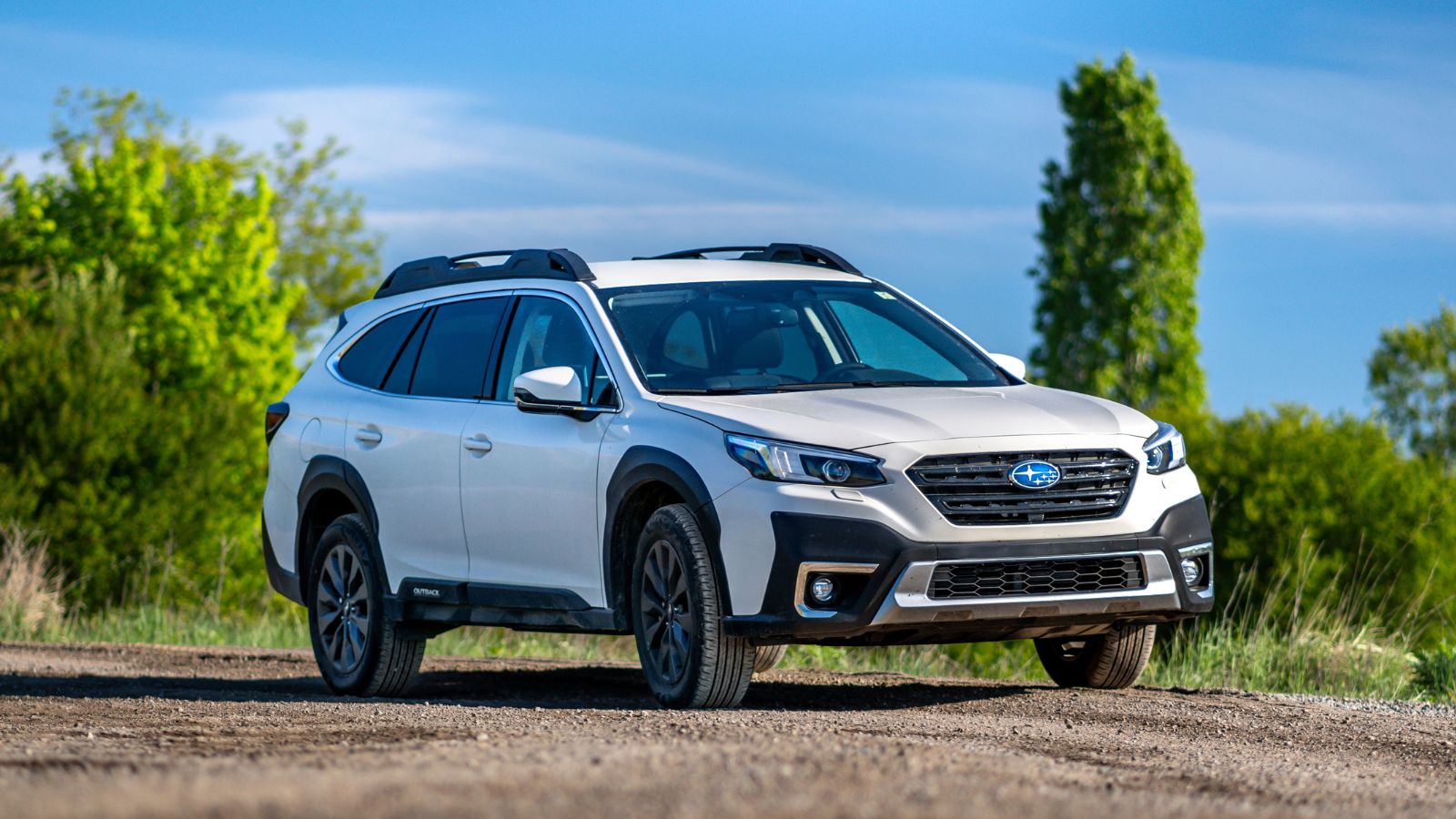
The Subaru Outback debuted in 1994 as a rugged, all-wheel-drive wagon designed for adventure. Powered by a 2.2L flat-four engine, it offered reliability and versatility. Over the years, the Outback has become a favorite among outdoor enthusiasts, offering modern safety tech and off-road capability.
Nissan GT-R 1969
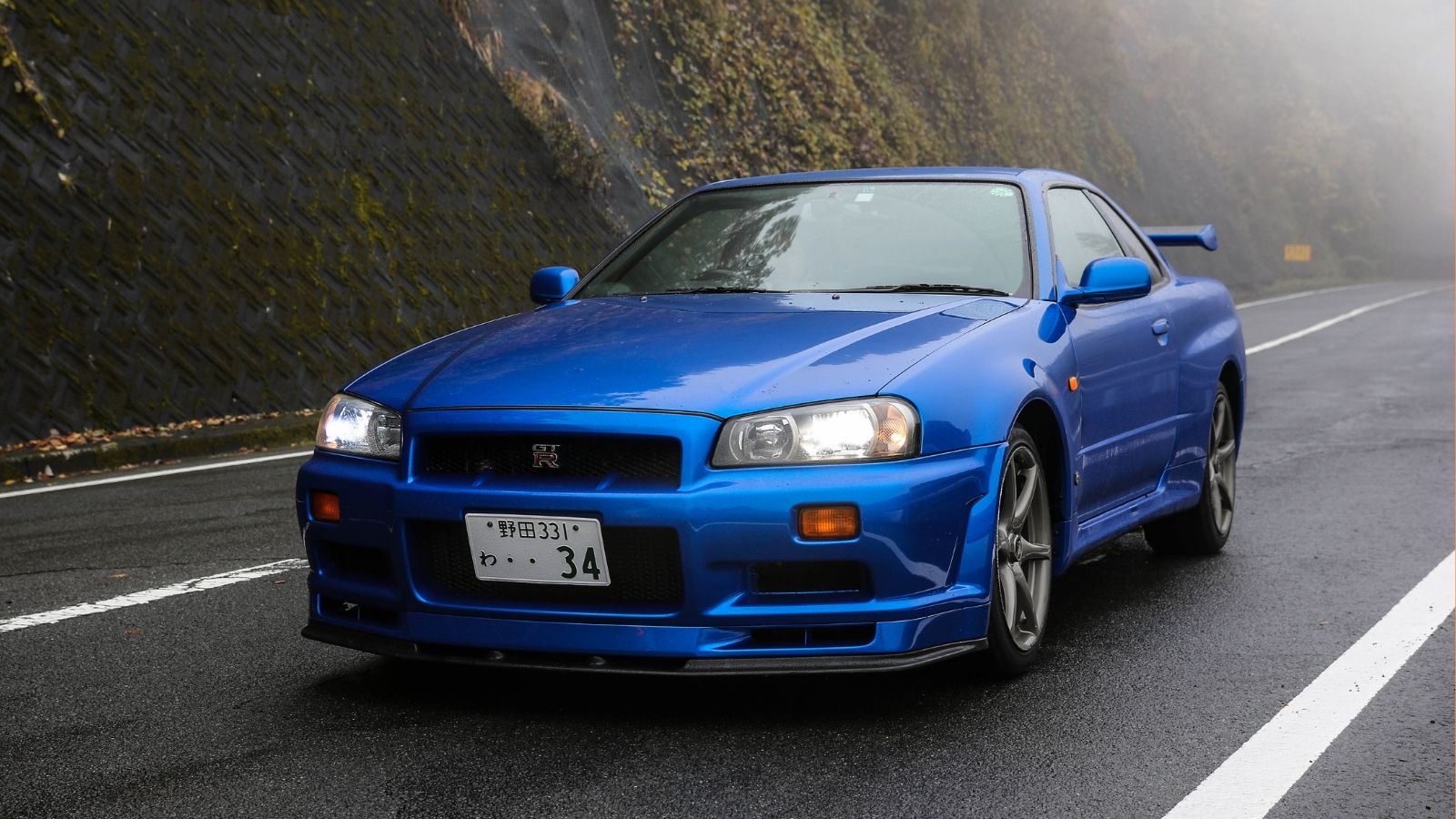
The Nissan GT-R, known as “Godzilla,” has been a performance legend since its launch in 1969. This first model, the Skyline GT-R, came with a 2.0L inline-six engine and 160 horsepower. Modern GT-Rs, such as the R35, have advanced to feature a 3.8L twin-turbo V6 engine that launches from 0 to 60 mph in under three seconds.
Rolls-Royce Phantom (1925)
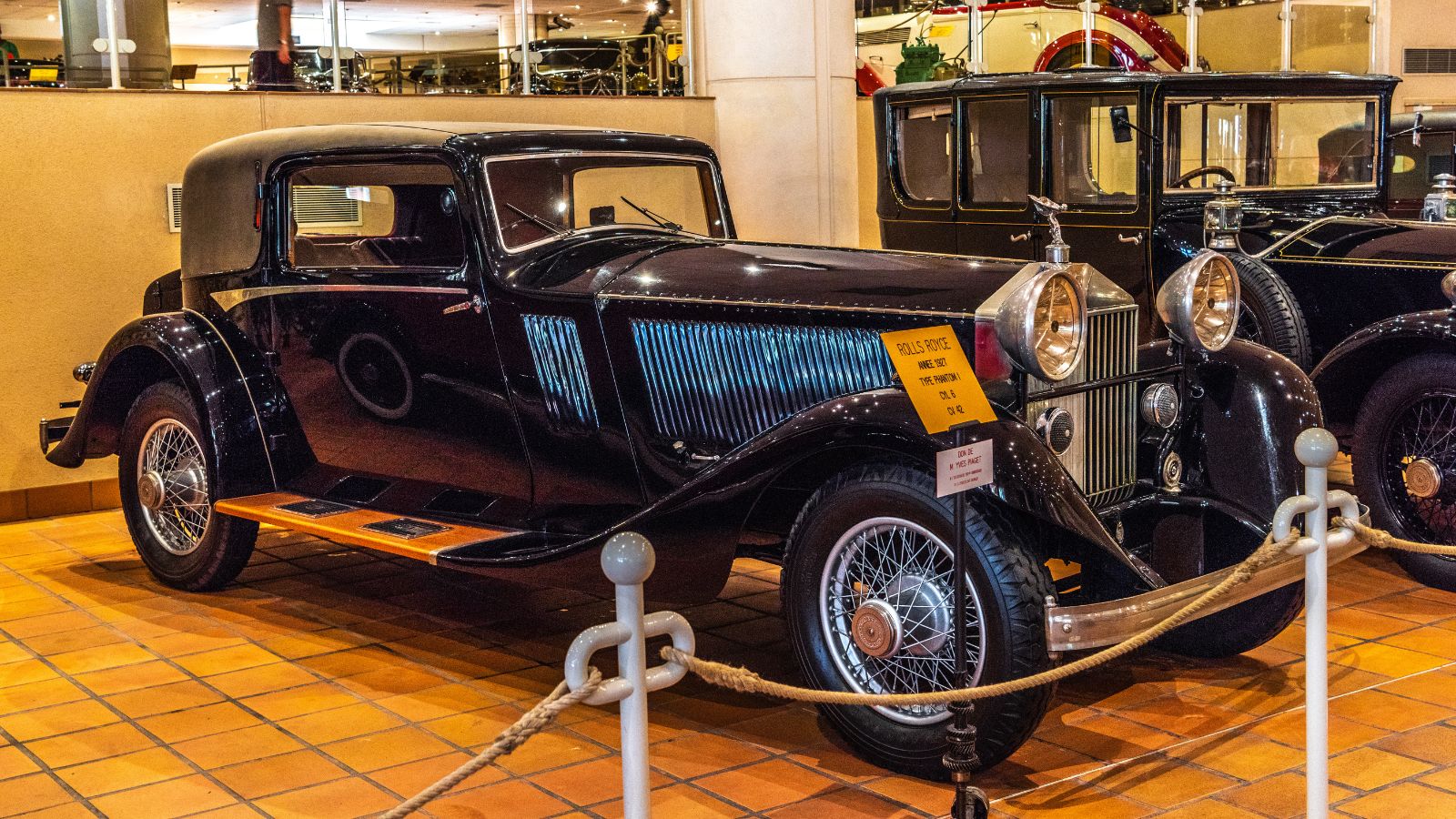
The Rolls-Royce Phantom is the ultimate luxury brand. It was introduced in 1925 with its 7.7L inline-six engine. Contemporary Phantoms are powered by a 6.75L twin-turbo V12 and deliver unmatched refinement. Its minute craftsmanship and timeless design make it one of the most opulent brands. The Phantom has attended numerous royal and celebrity galas, adding to its glamour status.
Toyota Prius (1997)
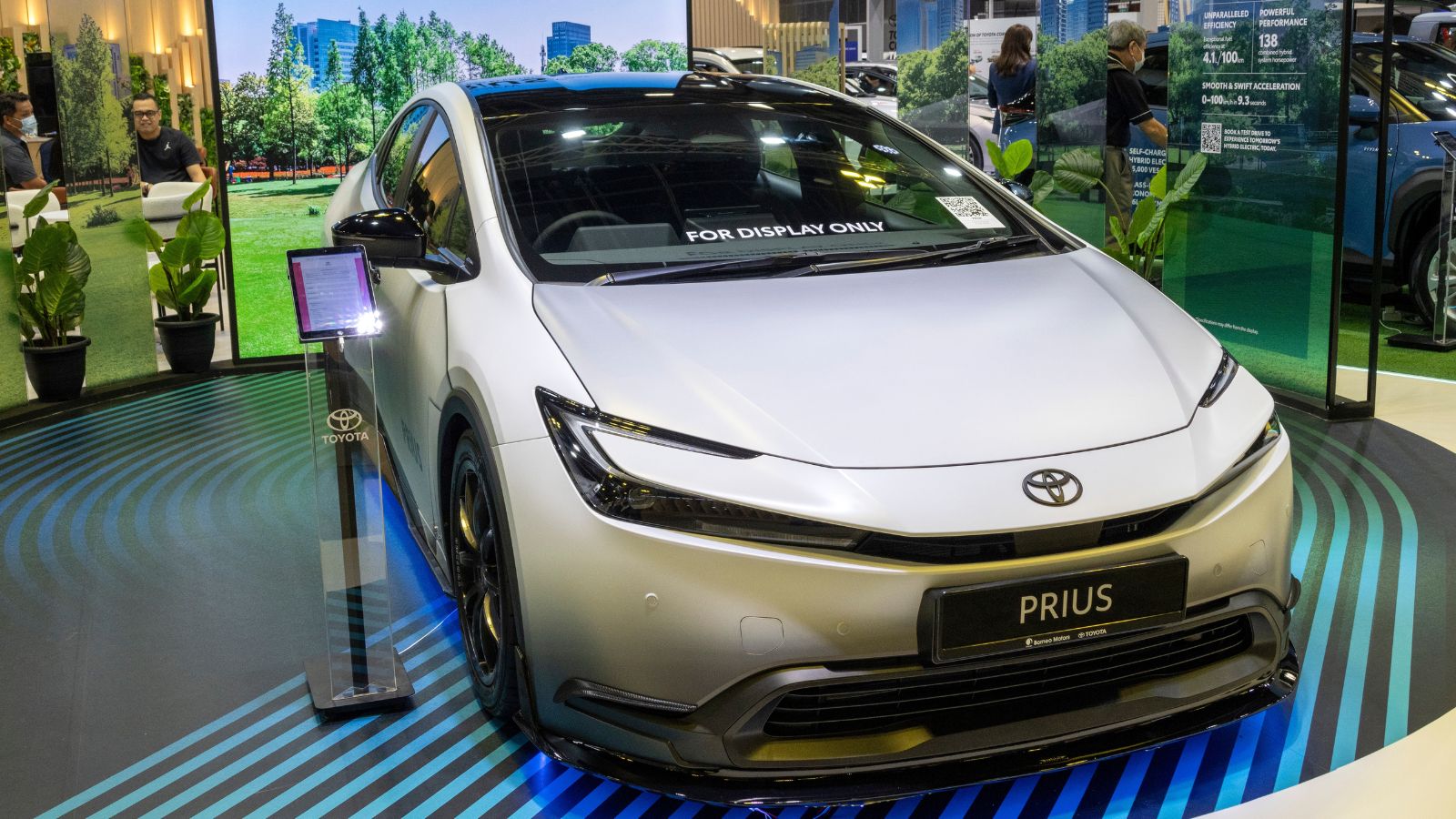
The Toyota Prius was the first mass-produced hybrid vehicle. It hit the market in 1997, and with a 1.5L gasoline engine combined with an electric motor, the car achieved incredible fuel economy. The Prius is still a hybrid car leader in technology and sustainability. To date, it’s estimated that 11 million tons of CO2 have been saved around the world due to the Prius.
18 Budget-Friendly Electric Cars That Last Longer Than Their Loans — Economical Electrics
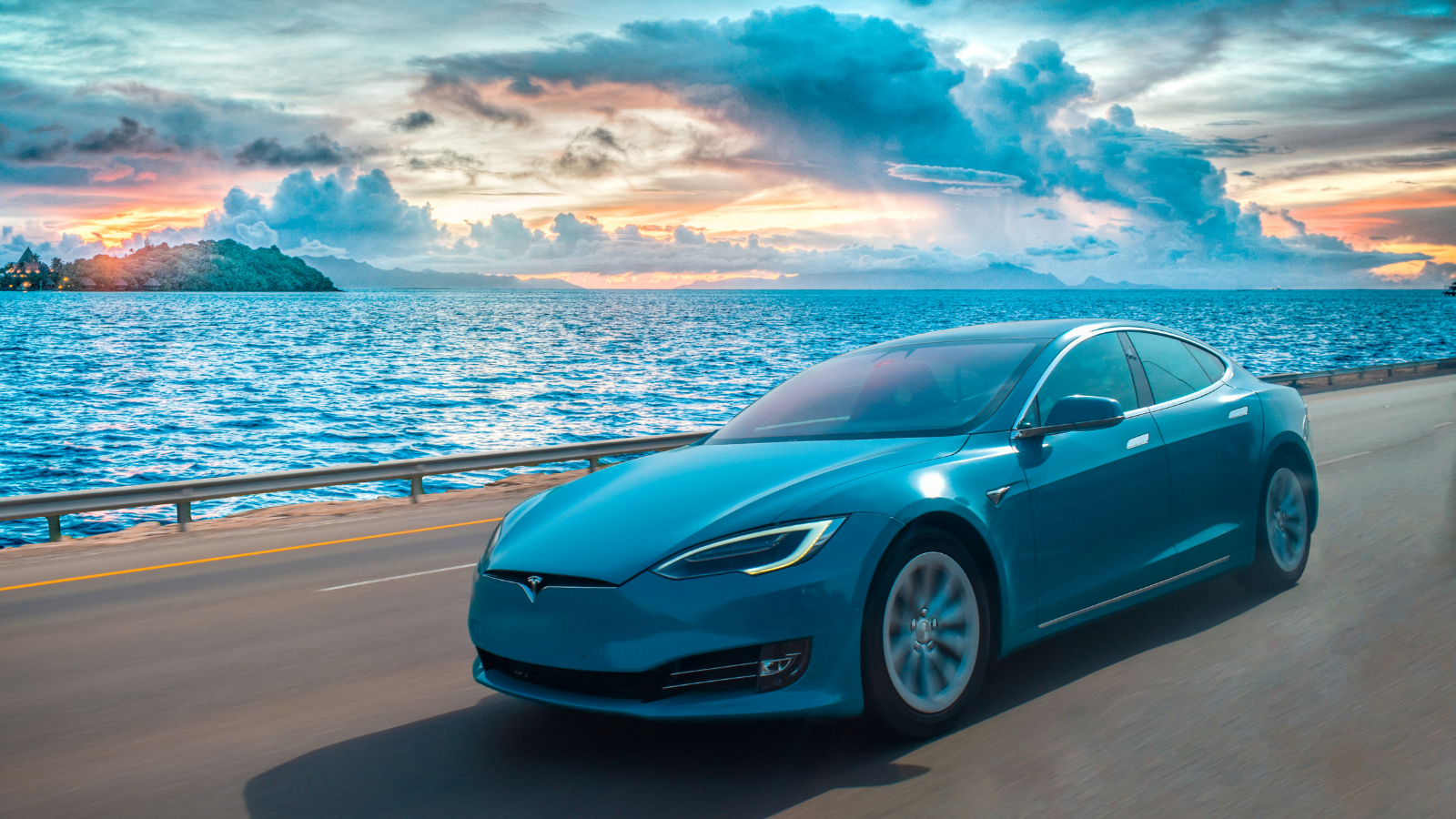
Electric vehicles are no longer a luxury for the elite—they’re a smart investment for the everyday driver. With manufacturers stepping up to the plate, affordable EVs now deliver on reliability, range, and modern comforts. Here’s a look at 18 economical electric cars engineered to outlast their payment plans.
18 Budget-Friendly Electric Cars That Last Longer Than Their Loans — Economical Electrics
